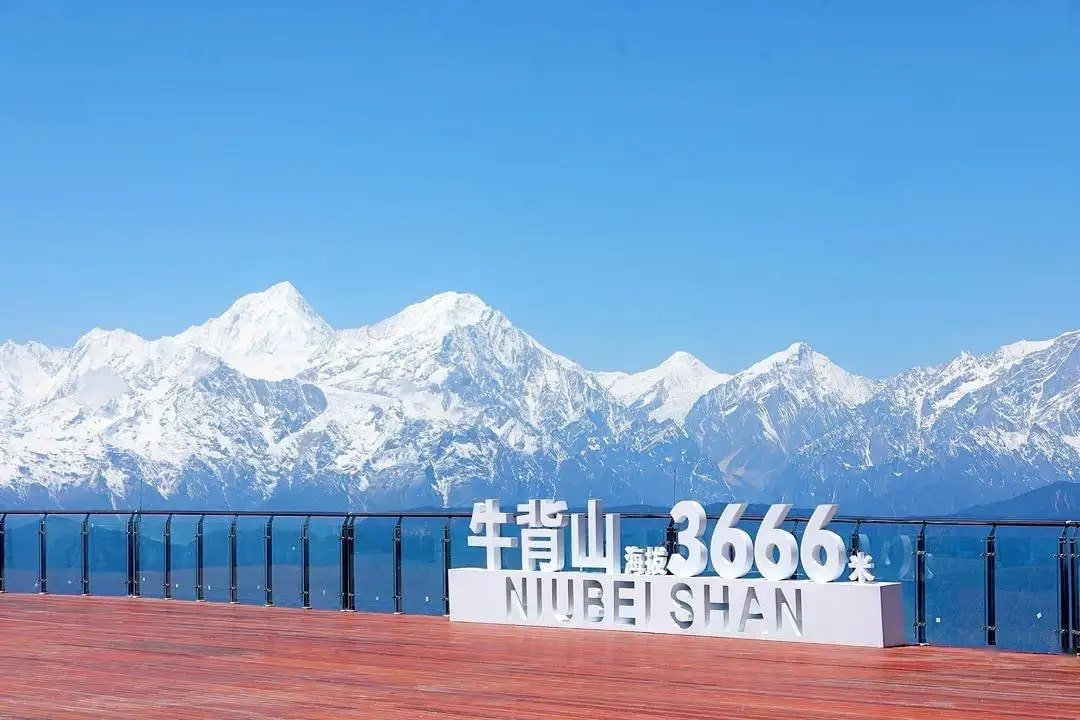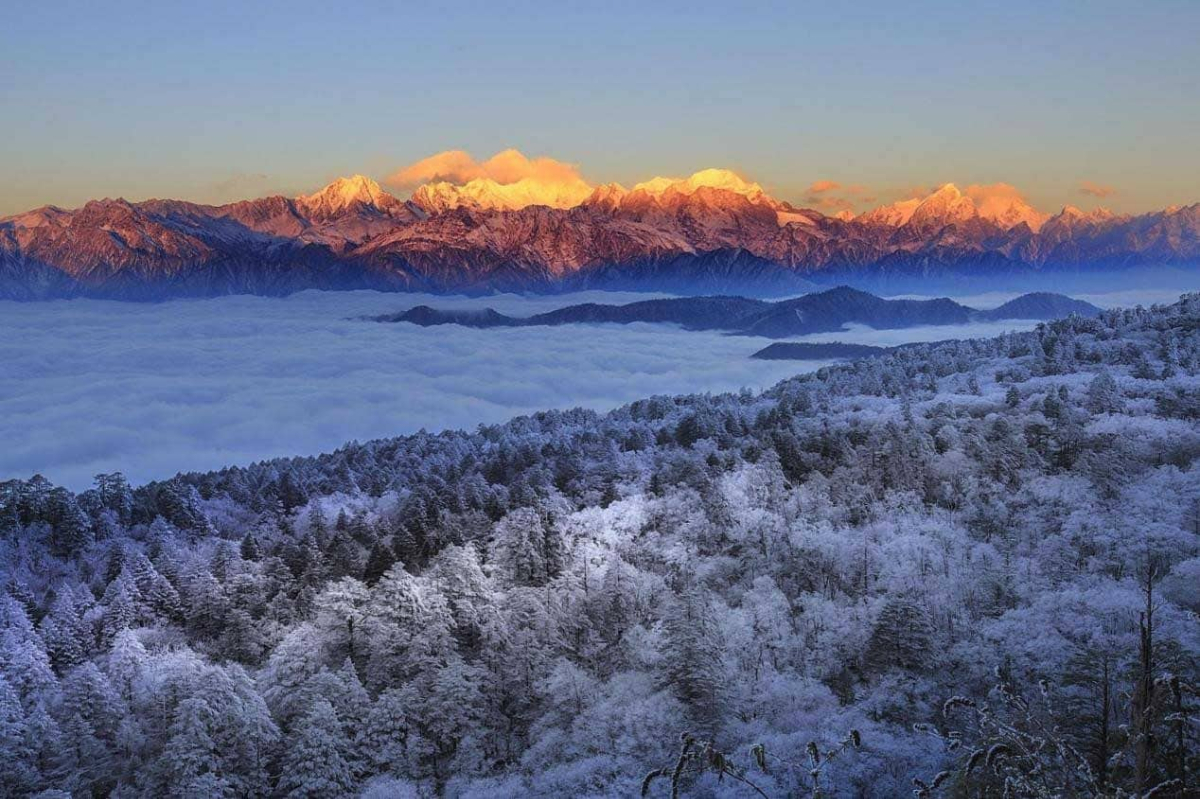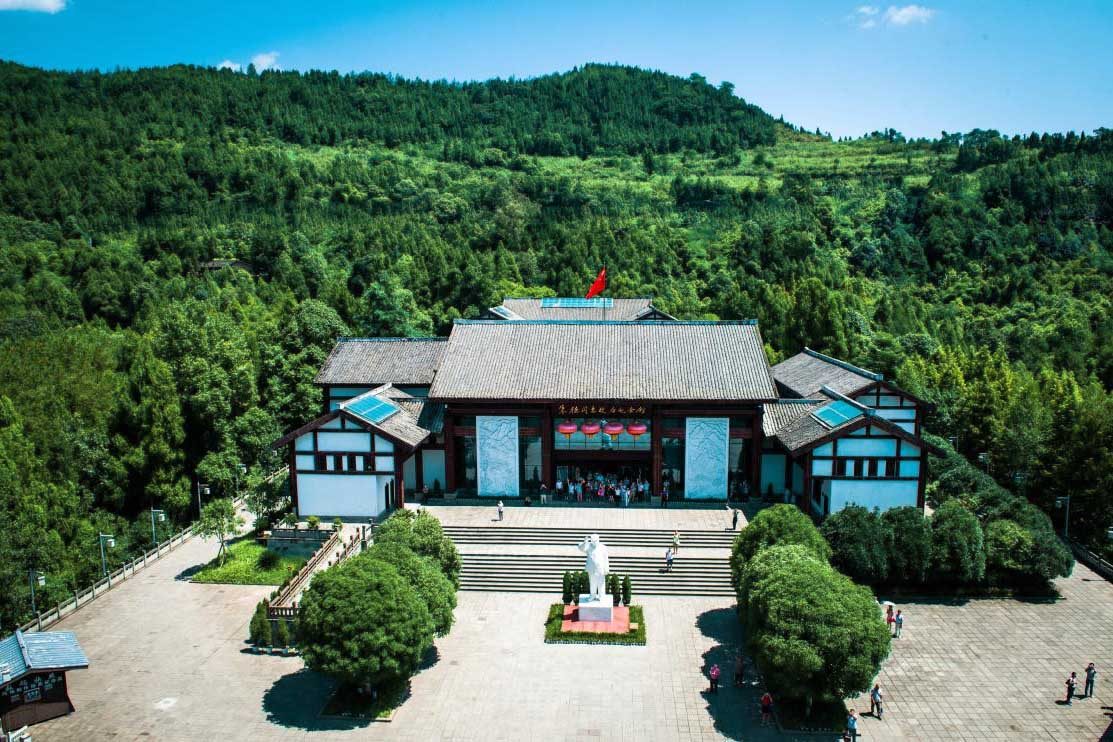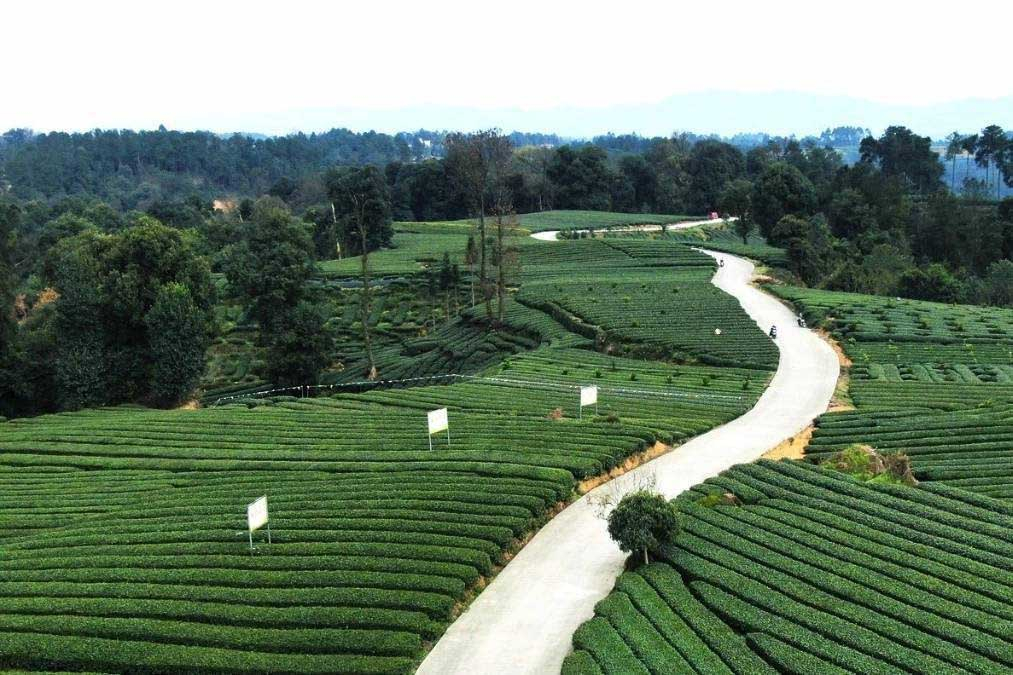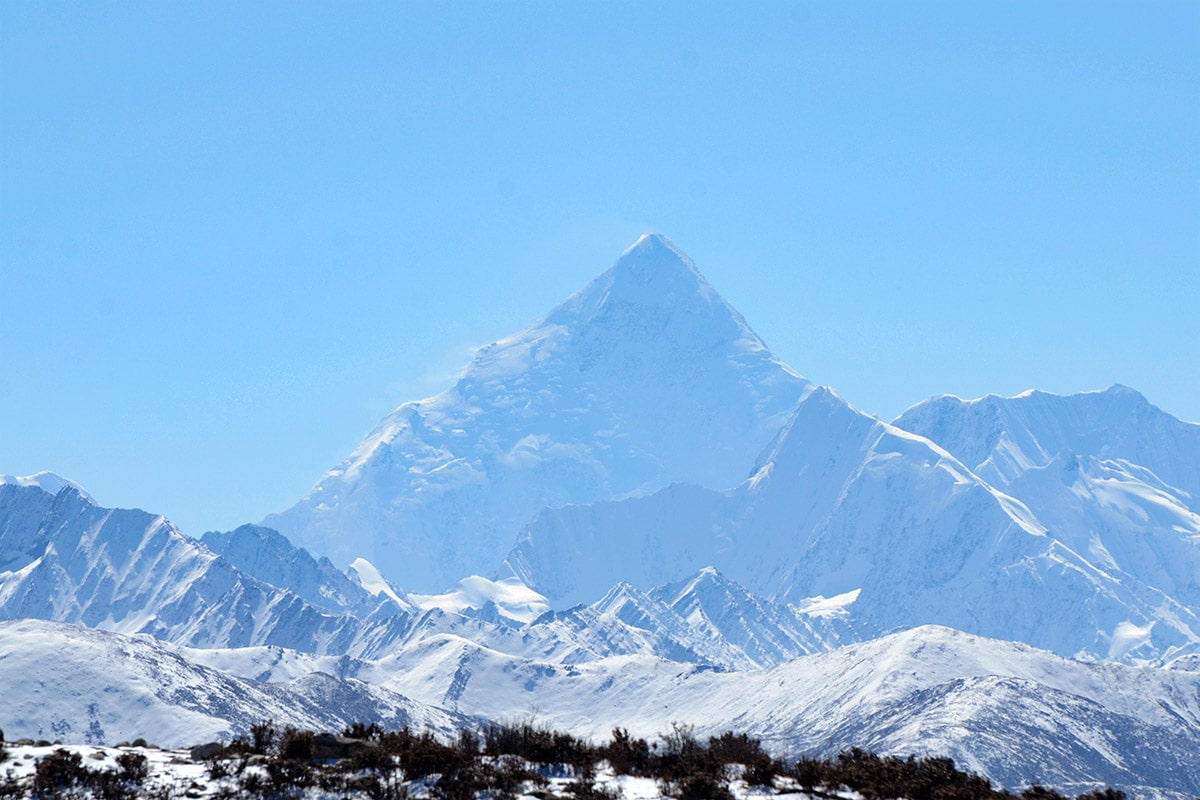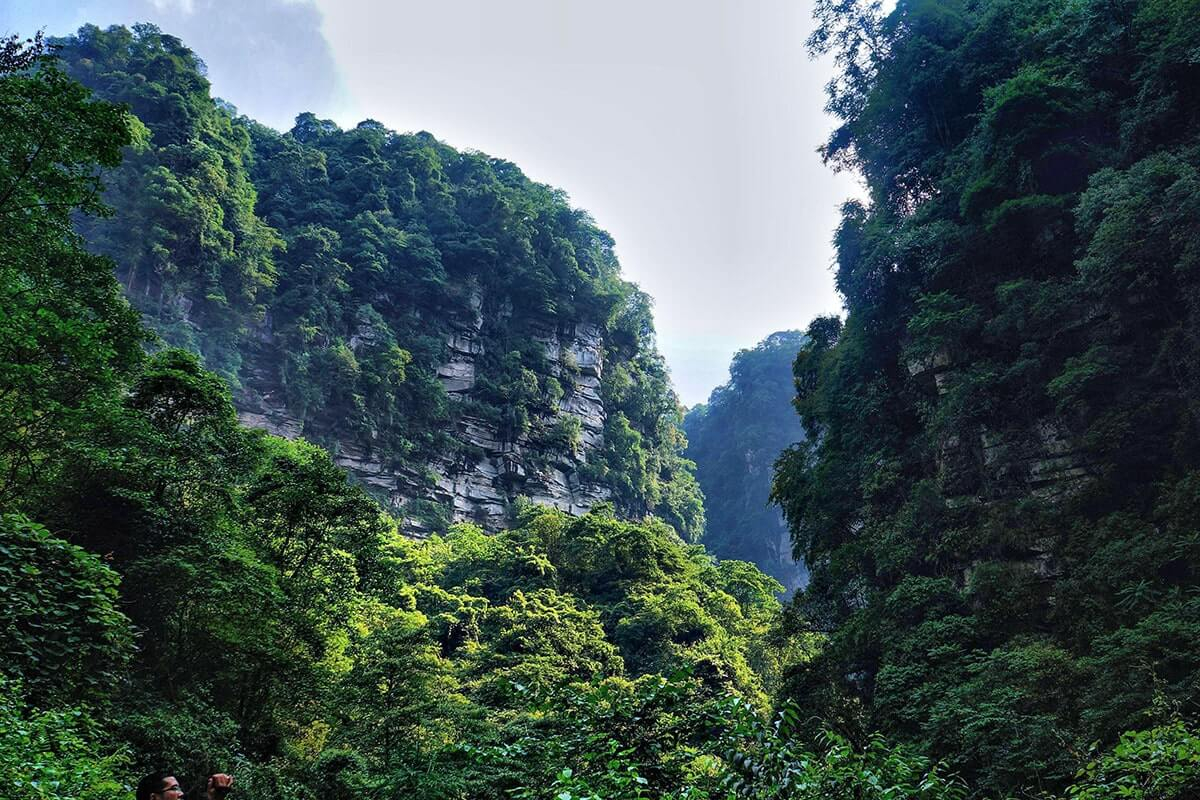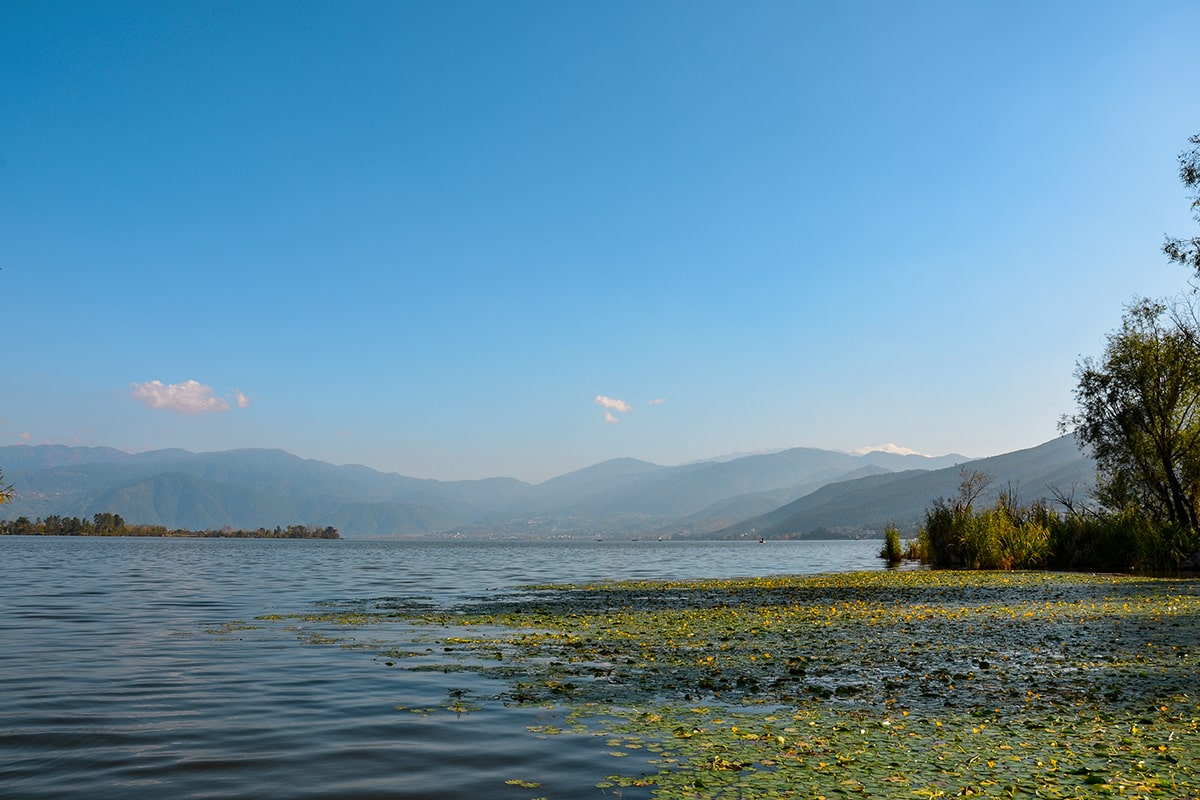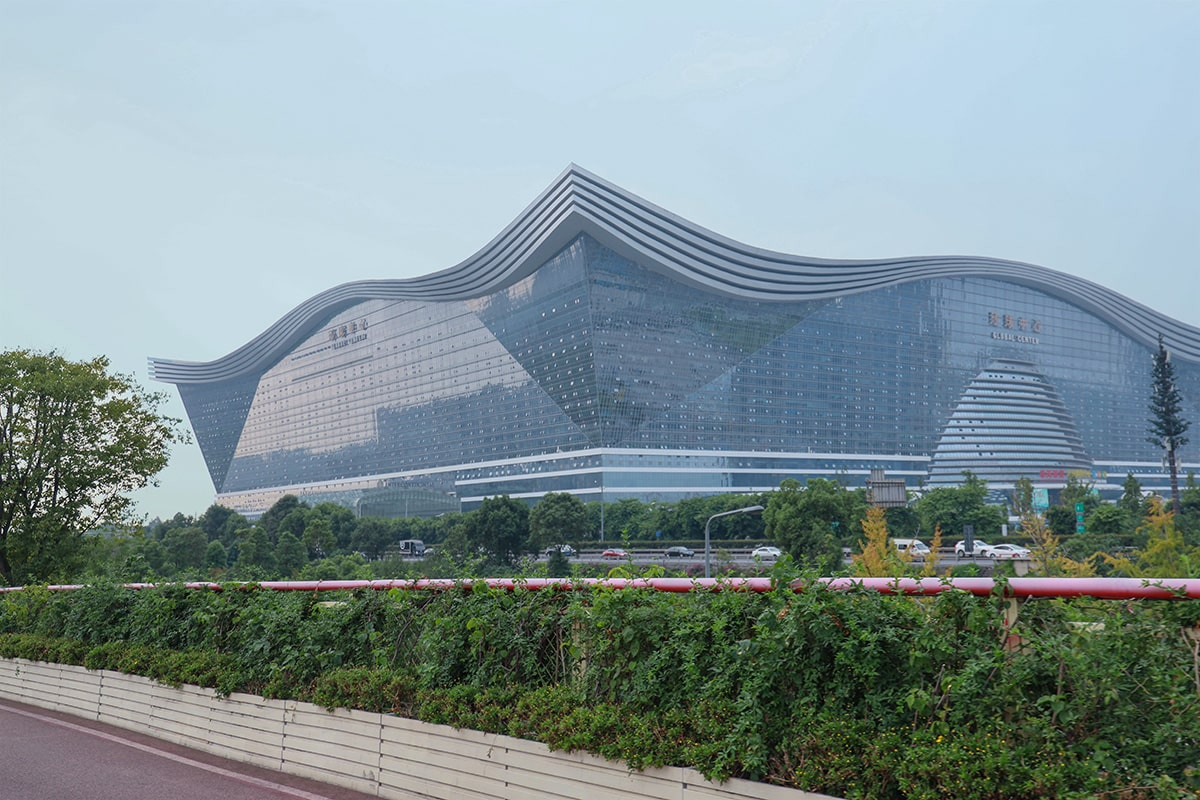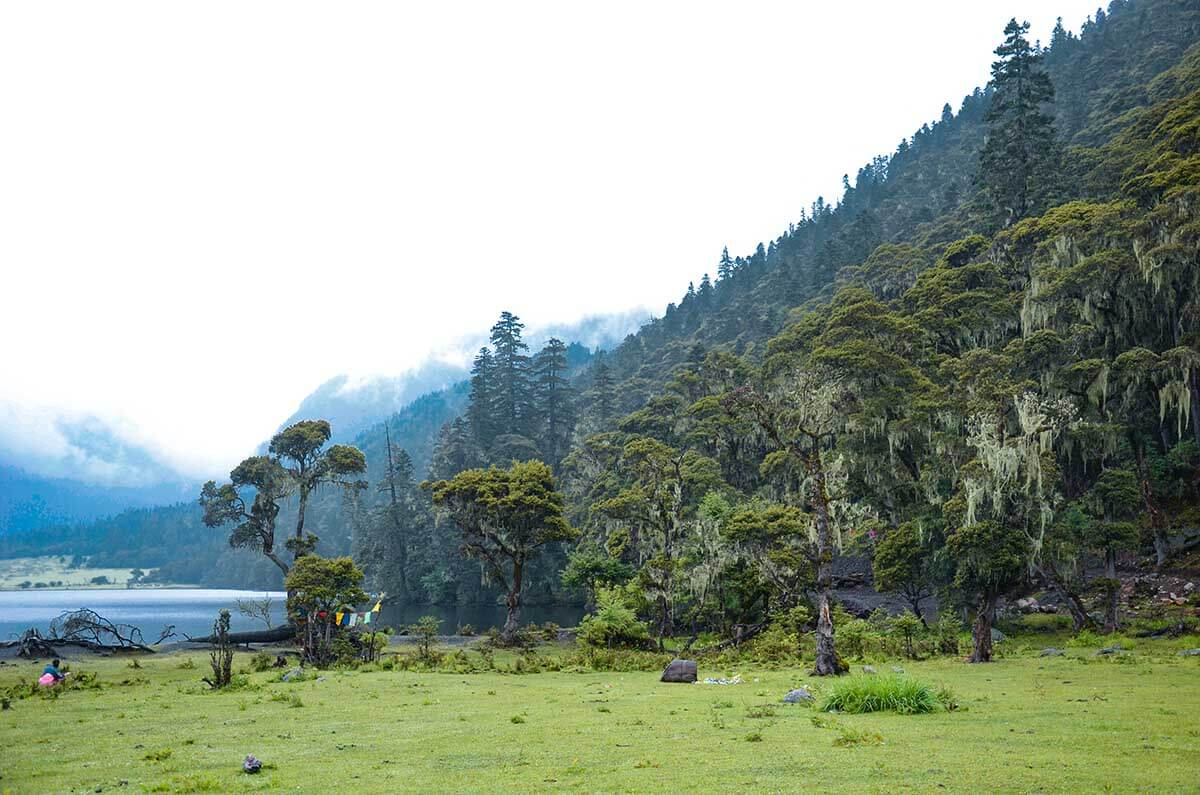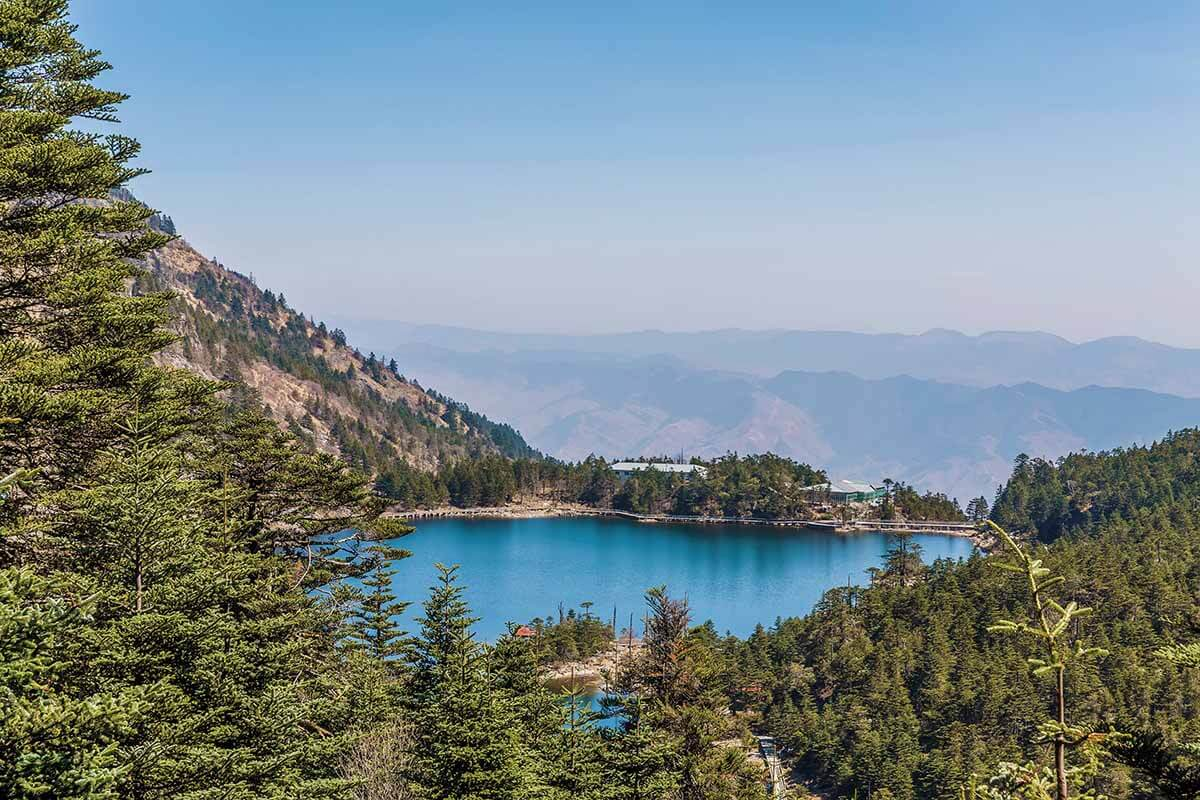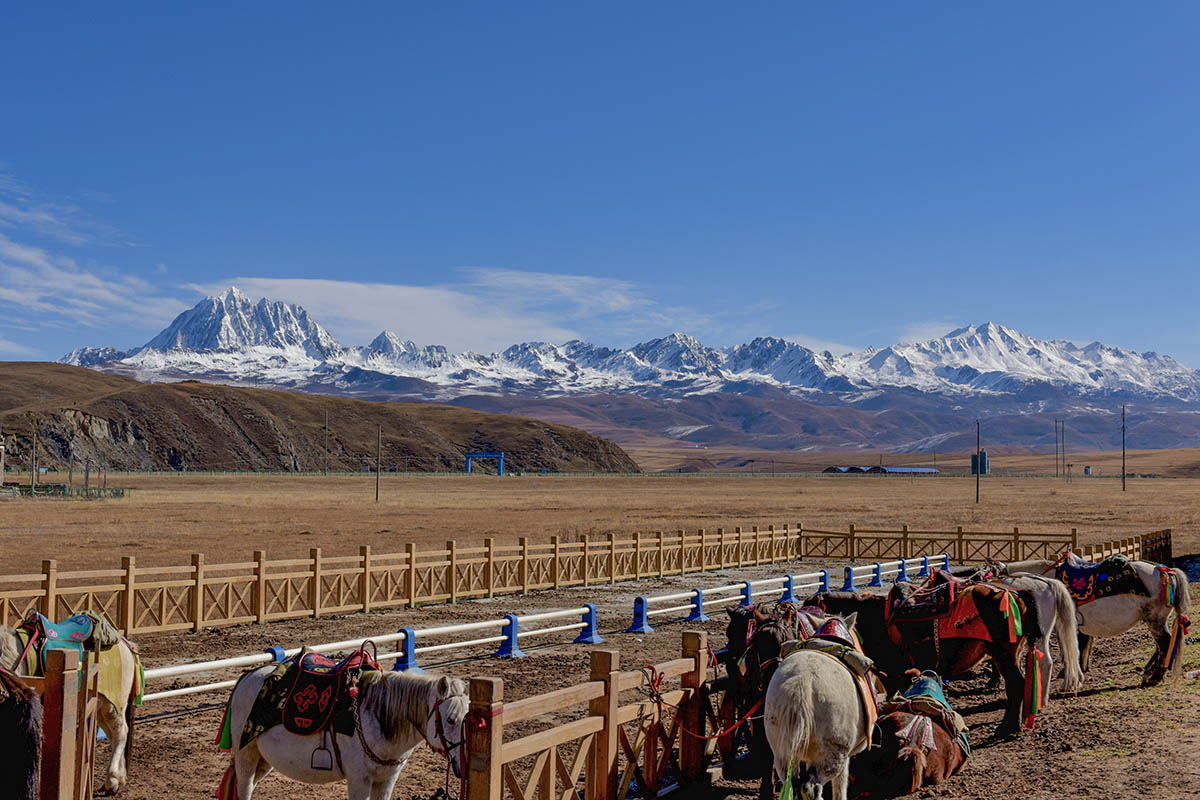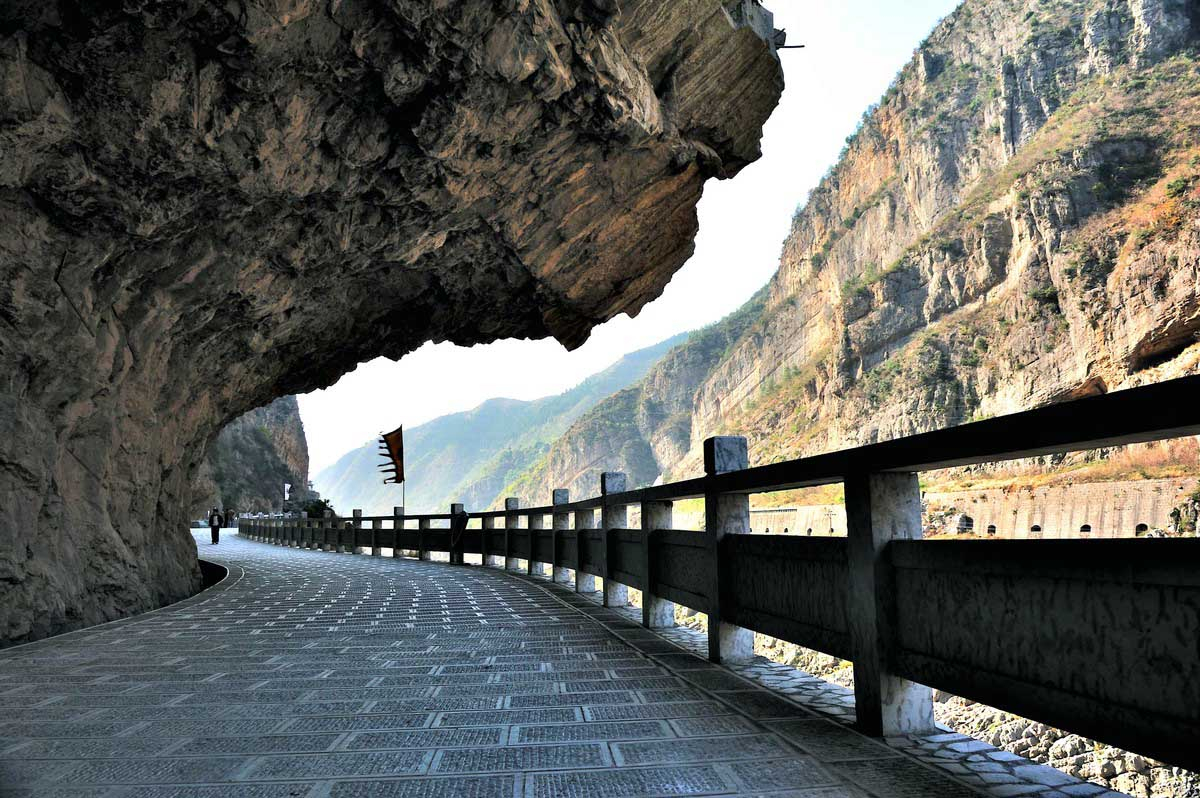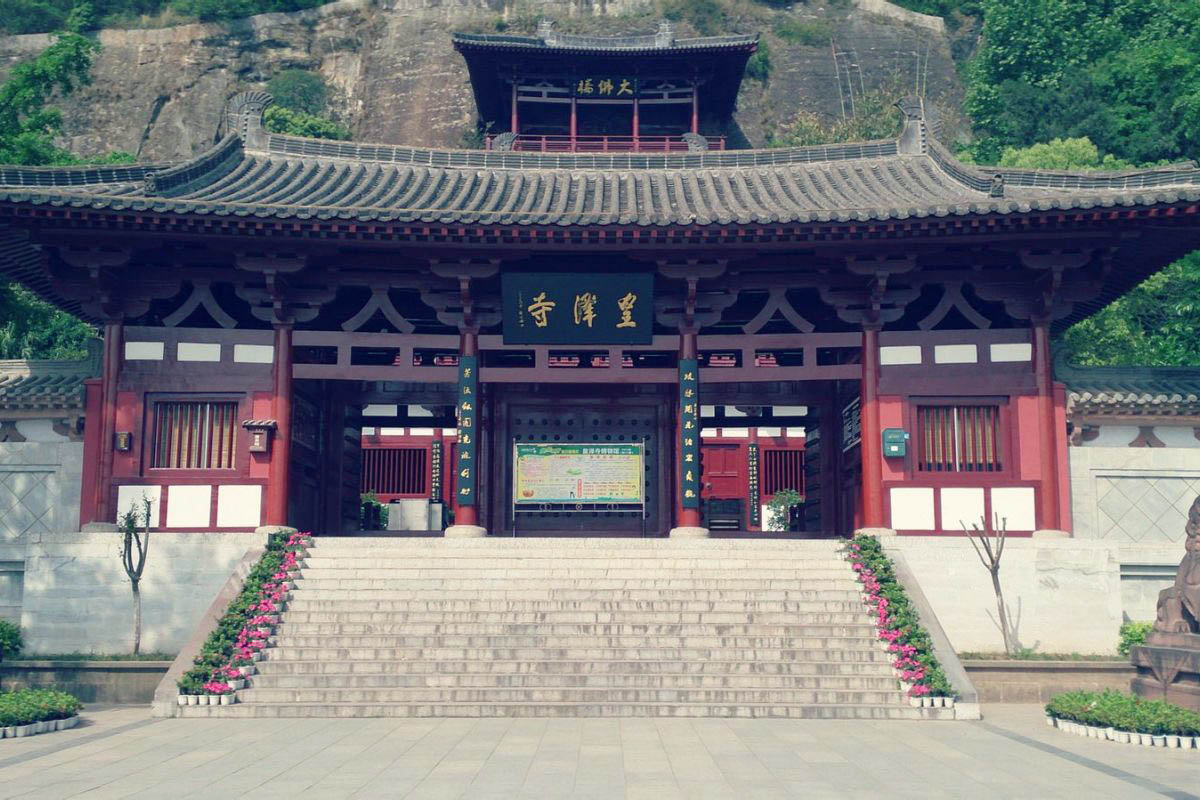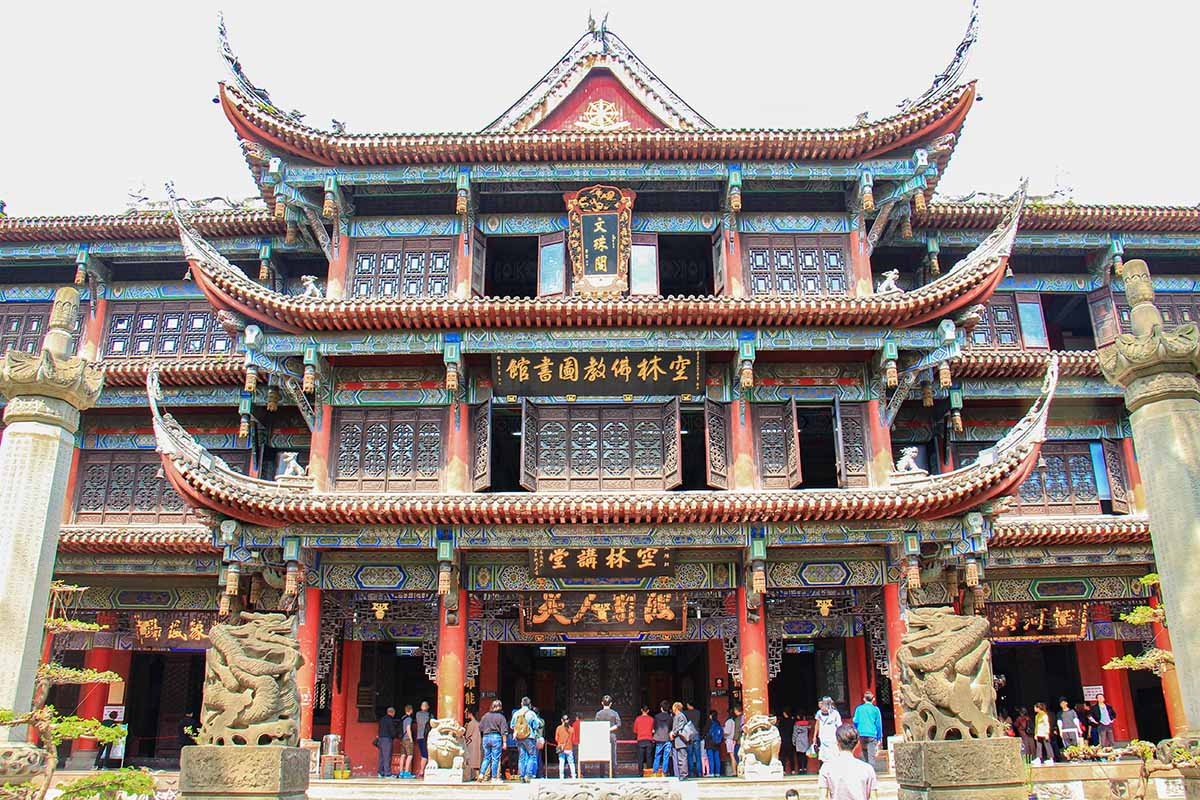Huangze Monastery
Chinese Name: 皇泽寺 (Huang Ze Si)
Location: No.93, Huangze Road, Guangyuan, Sichuan Province
Ticket: Entrance ticket CNY48.00
Estimated tour time: 2 hours
Recommended time to visit: All year round;
Nearby attractions: Mingyue Gorge Scenic Spot, Jianmen Pass Scenic Area, Cuiyun Corridor Scenic Spot, Zhaohua Ancient City, Tangjiahe Natural Reserve, etc.
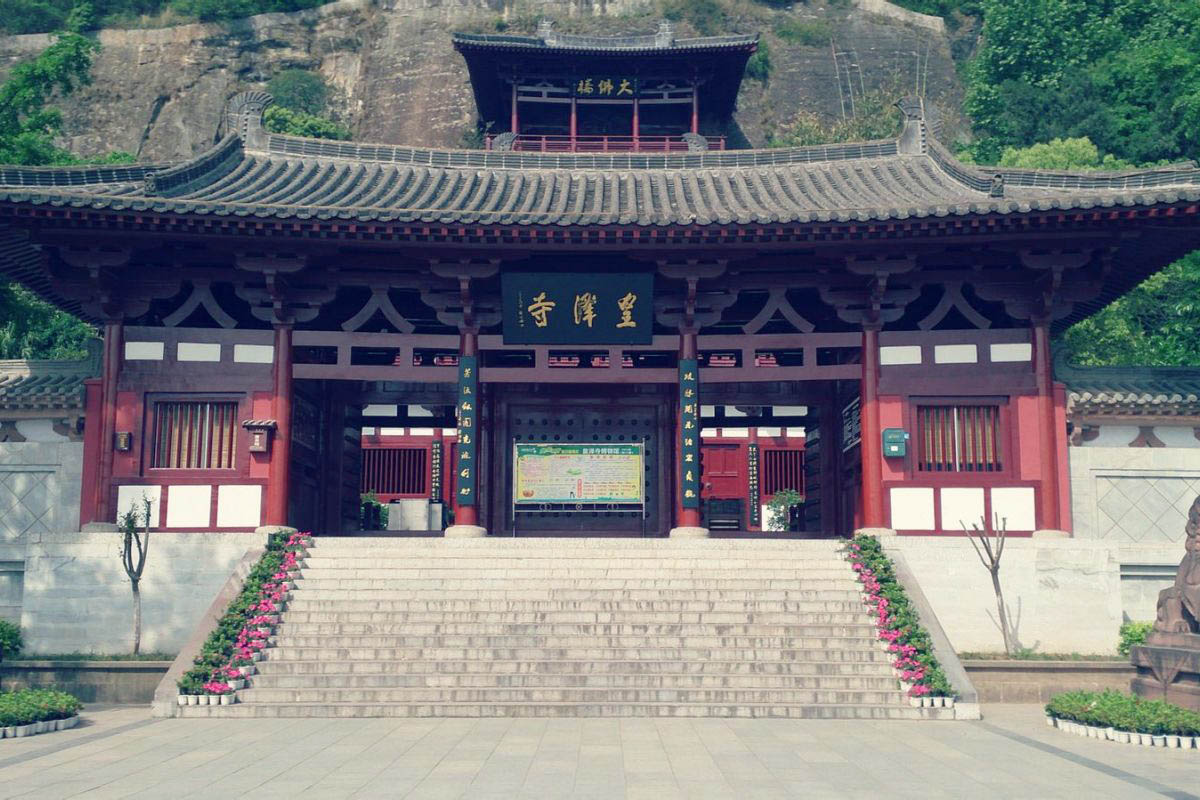
Huangze Monastery, located on the west bank of Jialing Jiang River in Guangyuan City, is dedicated to the only Empress Wu Zetian (武则天) in the history of China. There are altogether 1203 cliff statues from 41 niches in 6 caves excavated from the Northern Wei Dynasty (386-534) to the Ming and Qing Dynasties (1368-1911) and their inscriptions, which are not only of high historical value, but also of high ornamental and research value.
The monastery was built in the time of Empress Wu Zetian in the Tang Dynasty (618-907) and during the Southern and Northern Dynasties (420-589). It was originally named Wunu Monastery (乌奴寺) and Chuanzhu Temple (川主庙) which is said to commemorate Li Bing (李冰) and his son, the initiator of Dujiangyan Irrigation Project. During the Zhenguan Period (627-649 A.D.) of Tang Dynasty, Empress Wu was born here in Guangyuan City. After she established her regime, the Empress funded the established Chuanzhu Temple and reconstructed it which was later renamed as Huangze Monastery.
Since then, buildings in this monastery have been destroyed for many times, the current buildings dates from the Qing Dynasty (1636-1912). The main buildings, which has lasted for more than 1300 years, include the gate, the Ersheng Hall ( the Two-Majesties Hall二圣殿), the Zetian Hall (则天殿), the Great Buddha Tower (大佛楼), Luzu Pavilion (吕祖阁), and the Five Buddha Pavilion (五佛亭), Little Southern Lake (小南海) and so on.
Every year on the 23rd day of the first lunar month, a grand fair is held in Huangze Monastery. People of Guangyuan would go to the Wulongtan Pond area which is right in front of the monastery to row boats and swim to commemorate Empress Wu's birthday.
Behind the monastery there are several dozen grottos with artistically valuable sculptures from the Northern Zhou Dynasty (557-581), Sui Dynasty (581-618) and Song Dynasty (960-1279) in the rock wall.
● Highlights of Huangze Monastery
Ersheng Hall (Two-Majesties Hall) 二圣殿
After entrance, the Two-Majesties Hall would be the first thing you see. There are two people enshrined in this hall: Tang Gaozong (Emperor Gaozong of Tang Dynasty) & Empress Wu Zetian.
In 649, Li Zhi (李治), Emperor Gaozong of Tang Dynasty, ascended the throne. When Li Zhi was the crown prince, he had an affair with Wu Zetian when she was a concubine of his father (Li Shimin 李世民, Emperor Taizong of the Tang Dynasty). After he ascended the throne, he could not wait to make Wu Zetian queen, but was strongly opposed by a group of ministers. Finally, in 655, he abandoned the queen and established Wu as queen. In the late years of Xianqing (656-661), Emperor Gaozong was suffering from dizziness and his eyes could not see. It was difficult to manage government affairs. Therefore, Wu Zetian managed the state affairs and took the opportunity to build up her own political power. This is a very rare phenomenon in Chinese history, which fully shows Wu Zetian's outstanding political ability.
Zetian Hall 则天殿
Unlike other Buddhist temples of having a Mahavira Hall (the Great Buddha Hall 大雄宝殿) as the main building, Huangze Monastery is absolutely unique in this point. It does not enshrine Sakyamuni Buddha, instead, it is dedicated to Empress Wu Zetian and the Zetian Hall serves as the Mahavira Hall.
In the center, there is a stone statue of Empress Wu, the only one in China. It is 1.8 meters high, carved from a whole sandstone, and owns a history of more than 1300 years.
The Great Buddha Tower 大佛楼
It is also called the Great Buddha Grottoes (大佛石窟). originally, there was no building. It was a cliff statue grotto on the side of Zetian Hall. The building was first built during the reign of Emperor Daoguang (1821-1850) in the Qing Dynasty, and then collapsed due to disrepair. The present building is a new one funded by the State Bureau of Cultural Relics in 1980.
The grotto is 7 meters high, 6 meters wide and 3.6 meters deep. It was excavated in the middle of Tang Dynasty. Amitabha, the main Buddha, stands on a lotus terrace, with his left hand bent to his chest and his right hand in abhaya mudra. He is flanked by Ananda and Kasyapa.
- HOTEST
- RECOMMEND
